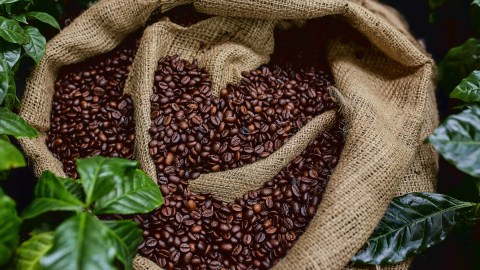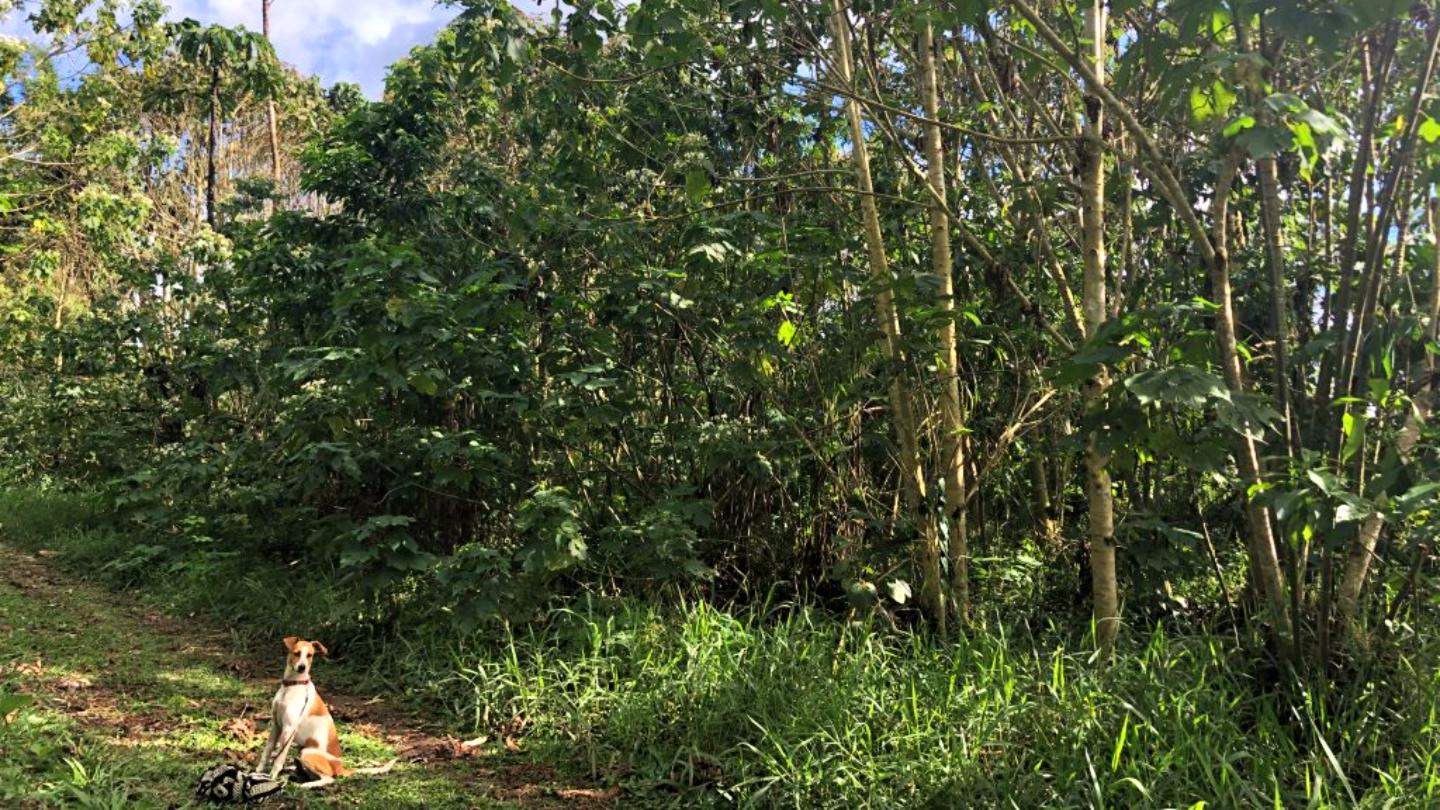Liberica, a rare type of coffee, could dominate by the end of the century

- Climate change could reduce the area suitable for growing coffee by 50% by 2050, requiring growers to relocate or plant something else.
- Rising temperatures and more frequent disease threatens the popular Arabica and Robusta species, which respectively make up 55% and 45% of the market.
- A more resilient species of coffee called Liberica could become the leading variety by the end of the century.
For the past century, the coffee market has been dominated by two species: Arabica and Robusta, respectively comprising 55% and 45% of global production. Pricier, sweeter Arabica beans are more typically used in fancier beverages over the more bitter Robusta beans, which pack twice the caffeine. But as the climate changes, a rare species could push these two mainstays to the minority.
As a group of plant scientists from the UK and Uganda described in a comment published Thursday in Nature Plants, Coffea liberica, more simply known as Liberica, wasn’t always the relative unknown that it is today. At the dawn of the 20th century, it was the second most traded species, behind the ever popular Arabica. Robust and high-yielding, with resistance to pests and disease as well as an ability to tolerate warmer temperatures, Liberica flourished, particularly in southern Asia.
But it had one glaring drawback that led to its decline into obscurity: it didn’t taste very good.
“The flavor issues and low quality were largely the result of difficulties in post-harvest processing… due to the large size of the fruit, its thick rather tough skin and thick pulp,” the authors wrote.
Long live Liberica?
But now, a confluence of factors could bring Liberica coffee back, they argue. Processing methods have vastly improved in the past century, climate change is raising temperatures globally (forcing Arabica growers to relocate to higher elevations), and a new variety of Liberica called Excelsa has come to the forefront which retains the species’ hearty traits while tasting vastly better.
As the authors described, Excelsa is a “mild, smooth, pleasant-flavored coffee of low to medium acidity and low bitterness… Tasting notes include cocoa nibs, peanut butter, dried fruits, Demerara sugar, and maple syrup…” Moreover, Excelsa’s caffeine content and bean size are similar to Arabica’s.
Excelsa coffee is already seeing rapid uptake in Uganda, where more than 200 farms are now growing it. The species is primarily supplanting Robusta, which attracts a lower price compared to Arabica and has been increasingly vulnerable to pests, disease, and drought in the country.
Though Excelsa is proliferating, it has a long way to go before it even comes close to dethroning either Arabica or Robusta coffee. Unlike these species, it still lacks a dedicated commodity market. Additionally, Excelsa grows as a tree rather than a shrub, reaching as tall as 15 meters, requiring more labor to manage, and thus increasing costs.
Climate change could radically alter the math in favor of Excelsa, however. A study published early this year predicted that rising temperatures will reduce the area suitable for growing coffee by 50% by 2050. The affected growers, predominantly located in Brazil, Vietnam, Indonesia, and Colombia, either will have to gradually move or grow something different. Genetically modifying Arabica coffee could be a solution, but so could planting Liberica, particularly the Excelsa variety.
“Liberica offers the potential to grow commercially viable, and perhaps high-value, coffee under much warmer conditions (and at lower elevations) than Arabica and may offer improved climate resiliency over Robusta,” the authors write. “Ultimately, the scale of uptake for Liberica (including Excelsa) will depend on the scale of demand, which will include demand from consumers but also from the coffee sector as a whole.”





